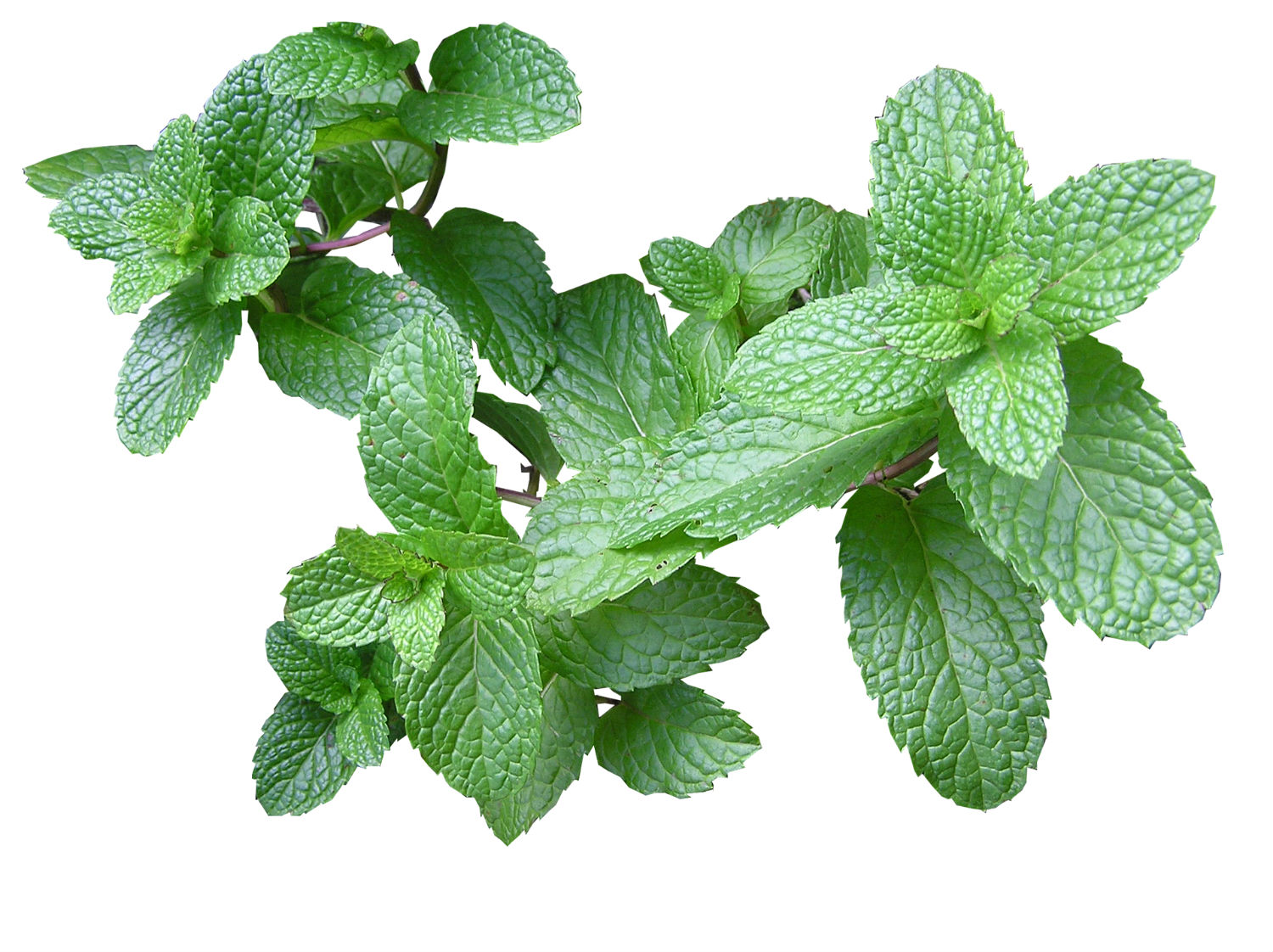- Mint: An aromatic, herbaceous perennial plant native to the Mediterranean region and to Central Asia widely used in cooking and for therapeutic purposes
- Since ancient times, it has been used to improve digestion, breathing and inflammation
- Let us introduce you to "Plant of the Month", a series of monthly posts featuring unique plant species with amazing health benefits

"Let thy food be thy medicine and thy medicine be thy food." This quote by Hippocrates, the father of medicine, dates back to the 5th century B.C., but certain sayings never fall into disuse. We at Dinafem Seeds believe this precept is one of them and this is why we have used it as a prelude to our series of articles featuring amazing plants. The wonders of the plant world go way beyond cannabis and we want to share them with you. Let's get started with a highly aromatic herb we always have at hand in the backyard: mint.
Short description of mint
Mint is a perennial herb belonging to the family of Lamiaceae that grows in hot-temperate areas. Rosemary, oregano, lemon balm and thyme belong to the same strain. It is a wild herbaceous species that reaches 70 cm in height, but it can also be grown agriculturally. Wild mint is usually found in wet, shady areas and is harvested in summer.
The origins of mint
Native to the Mediterranean region, the first records mentioning mint date from Greek and Roman times. Accordingly, the herb is believed to have been introduced into the rest of Europe through these civilizations. Roman manuscripts from the 1st century document the use of mint leaves as a condiment and in the 17th century the herb became famous for the therapeutic benefits of its essential oil.
Health benefits of mint
Mint stands out for its expectorant, antiseptic and digestive properties.
Expectorant properties
It is no coincidence that mint is among the ingredients of many sweets and chewing gums: its active substances contribute to expectoration by relieving coughs, clearing the airways and decongesting the nose. This is mainly due to menthol, an excellent remedy for phlegm and mucus. Generally, it is used in its essential oil form, which can be either inhaled or rubbed on the chest.
Antiseptic properties
The antiseptic properties of mint make it an excellent disinfectant. It can be used both topically for wound cleaning and orally for inhibiting the growth of certain types of bacteria.
Digestive properties
One would have to try really hard to find a mint free digestive tea. In fact, mint eases stomach spasms during digestion, limiting the chances of suffering from cramps, reduces intestinal gases and swelling and promotes bile production, resulting in better digestion. Plus, it is an effective remedy also for colonic irritation. Usually taken as a tea, leaf chewing works very well too.



Comments from our readers
There are no comments yet. Would you like to be the first?
Leave a comment!Did you like this post?
Your opinion about our seeds is very important to us and can help other users a lot (your email address won't be made public).